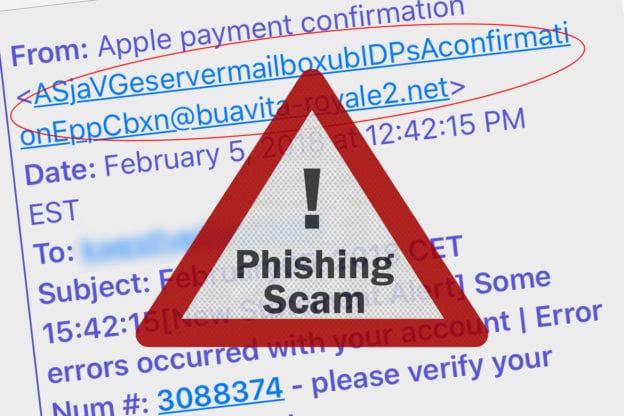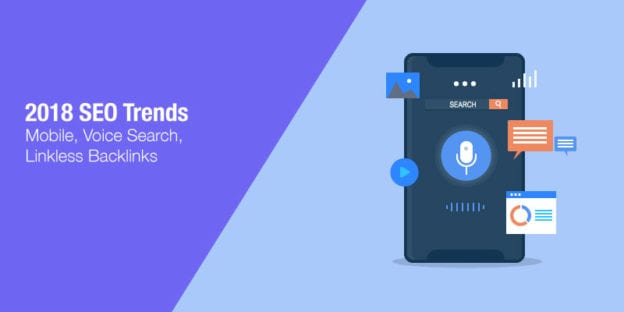Voice search is poised to completely change how your customers navigate the internet!
Right now, 39 million Americans own an Alexa or another voice-enabled assistant or so-called “smart speaker,” and that number is poised to grow another 130 percent in the next year! By 2020, half of all internet searches will be conducted by simply talking to your devices — the biggest change to websites since mobile-responsive technologies burst onto the scene to forever change how customers interact with your website on a smartphone or tablet.
This change is positioned to transform how you reach your customers in just a short year or two. The time is now to get ready — we’ll show you where to start.
Preparing your “digital footprint” for voice search
The first and most important thing to do to prepare for voice search is to ensure that you’re in control of your “digital footprint,” all the listings out there which detail basic information about your business. This includes first-party listings such as your website and third-party listings such as social media profiles and chamber directories. The accuracy and consistency of this information is key to appearing in voice search results.
A key part of controlling your digital footprint is ensuring your website is mobile-friendly. After all, 60 percent of all searches today are conducted from mobile devices, with voice search creeping up from behind. By prioritizing the mobile experience, making it easy for them to find essential information and contact your business. Important elements in the mobile-friendly website development process include page load times, data structure called schema and website security through a secure site license (SSL) and updating website plugins.
Optimizing your content for voice search
The way people write is different from the way they speak. For example, someone may type the phrase “coffee shop near me” into a search engine, but someone may ask a voice assistant, “where is the closest coffee shop?” Those distinctions will play out in website content.
One way to optimize your content is to make sure its length is relative to the complexity of the question. Returning to our coffee shop example, asking the voice assistant “where is ABC Coffee Shop located?” should pull up a simple and to-the-point contact page for the coffee shop. Your voice assistant would reply with an address and a follow-up if you would like directions or a phone number. If the inquiry is how to brew French press coffee, the page should include detailed instructions, even with photos or a short video, to thoroughly and properly answer the question.
Finally, content should reflect the company’s unique voice and brand identity. Content needs to be interesting, engaging and informative to hook the customer and rank on search engines, while keeping voice search and conventional search’s needs in mind.
The time is now to prepare for voice search
Voice search may seem a bit too futuristic or too far off to worry about it impacting your business right now. However, you can’t be too early when it comes time to prepare for the future of your business’s success online!
By preparing your digital footprint now, you’ll be well-equipped to catch the voice search surge, way before your competitors begin to even consider voice search’s impact on their business. Appearing in search results takes some time as well, and you want to allow as much time as possible for responses about you to work their way up the search engine ranks.
The team at JasonHunter Design is here to help you every step of the way. Whether you’re ready for voice search now or a few months down the line, our experts are here to keep your web presence on the cutting edge. Reach out today to schedule a consultation!






